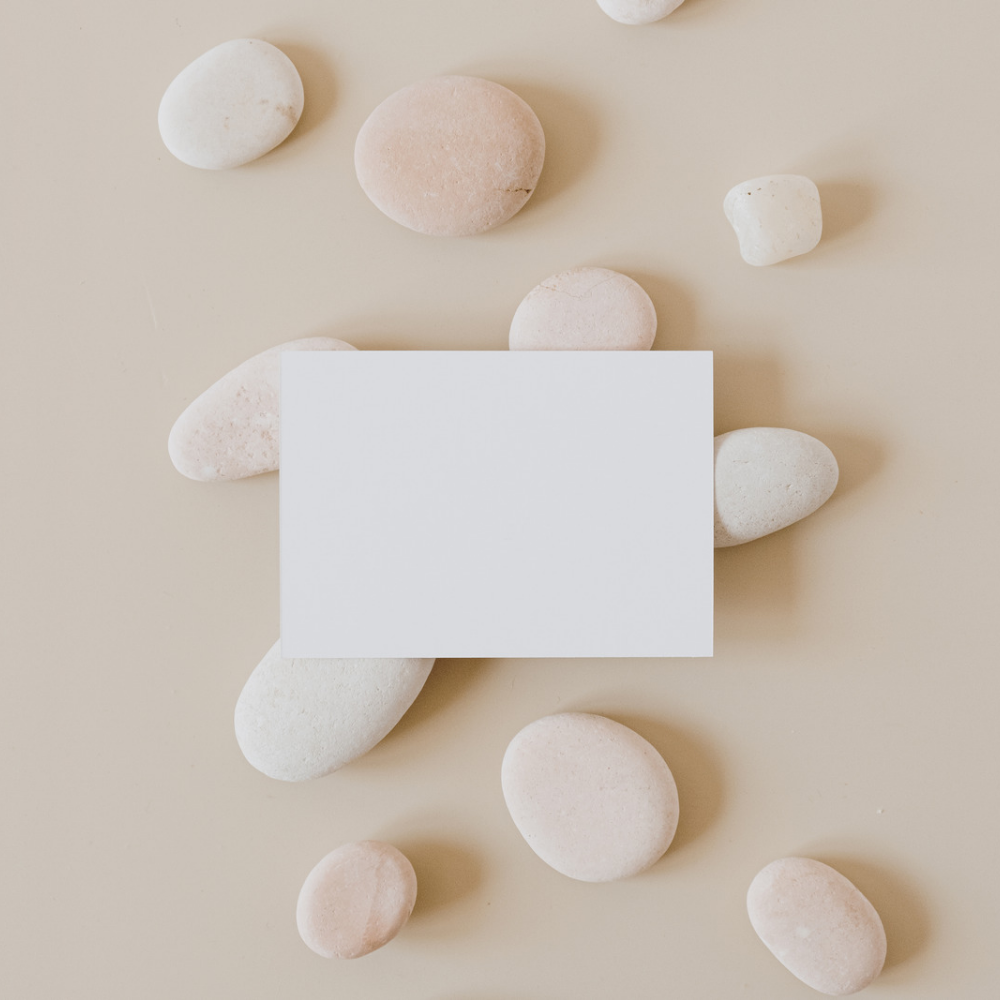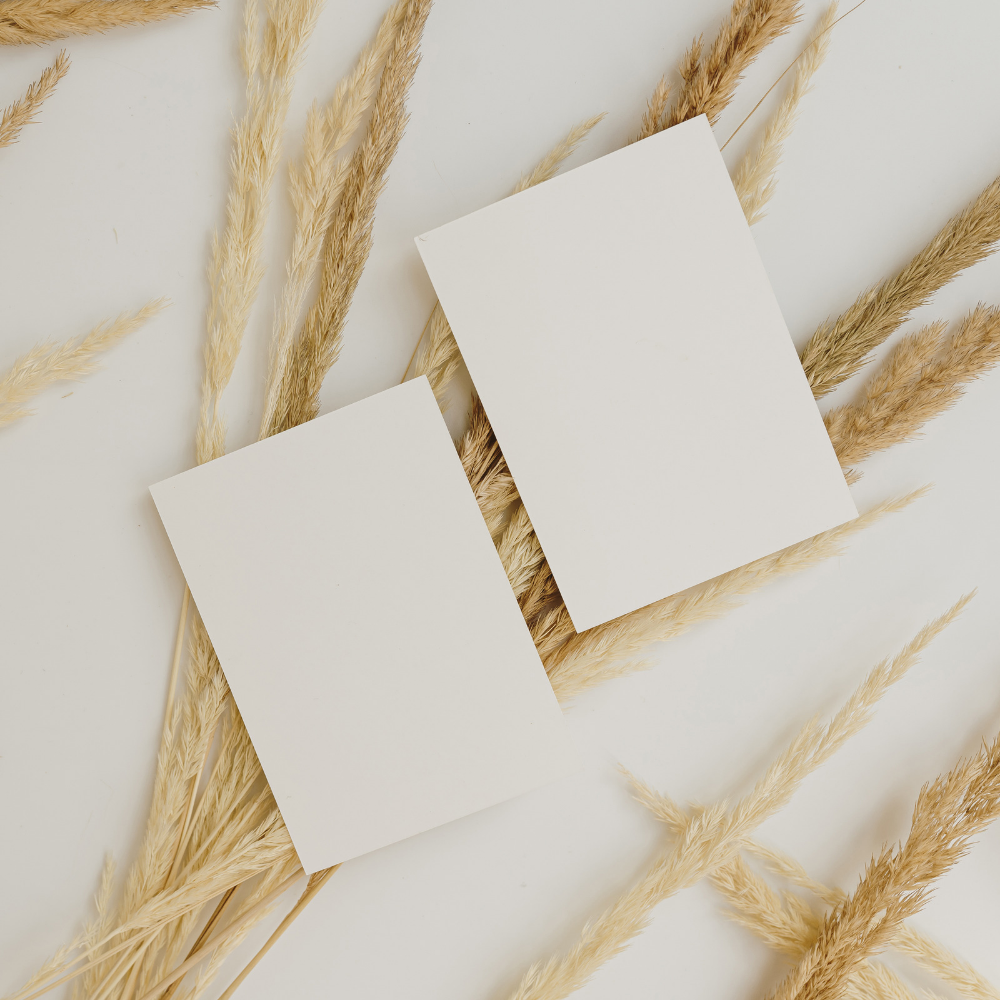Arena Decorative Smooth Paper 250g Smooth Ivory 72x102 R125
| Quantity | Discount |
|---|---|
| 25 qty. | €0.92/qty. |
| 125 qty. | €0.76/qty. |

Paper has accompanied us in our daily lives from a very young age. We learn to write on it, read books and newspapers, wrap gifts, and even create works of art. Although ordinary paper is something we take for granted, decorative paper hides many secrets and curiosities. In this article, we will discover how paper decorative paper is made, what raw materials it is made of and what uses it has. We will also learn about the types of paper decorative paper and its history. Welcome to the fascinating world of paper.
The basic component of decorative paper is cellulose fibers. They are obtained from the wood of coniferous and deciduous trees, as well as from waste paper. Various fillers and additives are also added to the pulp, which affect its properties and appearance. Among them can be found:
The source of raw materials for ornamental paper can be either plantation forests or natural forests. It is important to harvest wood in a sustainable manner, taking care to protect the environment.

The production of captive paper is a multi-step process that requires precision and care. Here are the most important steps:
There are many types of captive paper, which differ in appearance, properties and applications. Among the most popular are:
Paper decorative paper has many uses. It is used for, among other things:

Paper decorative paper is a fascinating material with a rich history, a variety of uses and unique properties. It is distinguished not only by its beautiful appearance, but also by its high quality and durability. Paper decorative paper can give a unique character to any object, from a simple box to a fancy work of art.
| Quantity | Discount |
|---|---|
| 25 qty. | €0.92/qty. |
| 125 qty. | €0.76/qty. |
| Quantity | Discount |
|---|---|
| 10 qty. | €8.53/qty. |
| Quantity | Discount |
|---|---|
| 10 qty. | €1.42/qty. |
| Quantity | Discount |
|---|---|
| 10 qty. | €1.42/qty. |
Save products on your wishlist to buy them later or share with your friends.


















Comments (0)